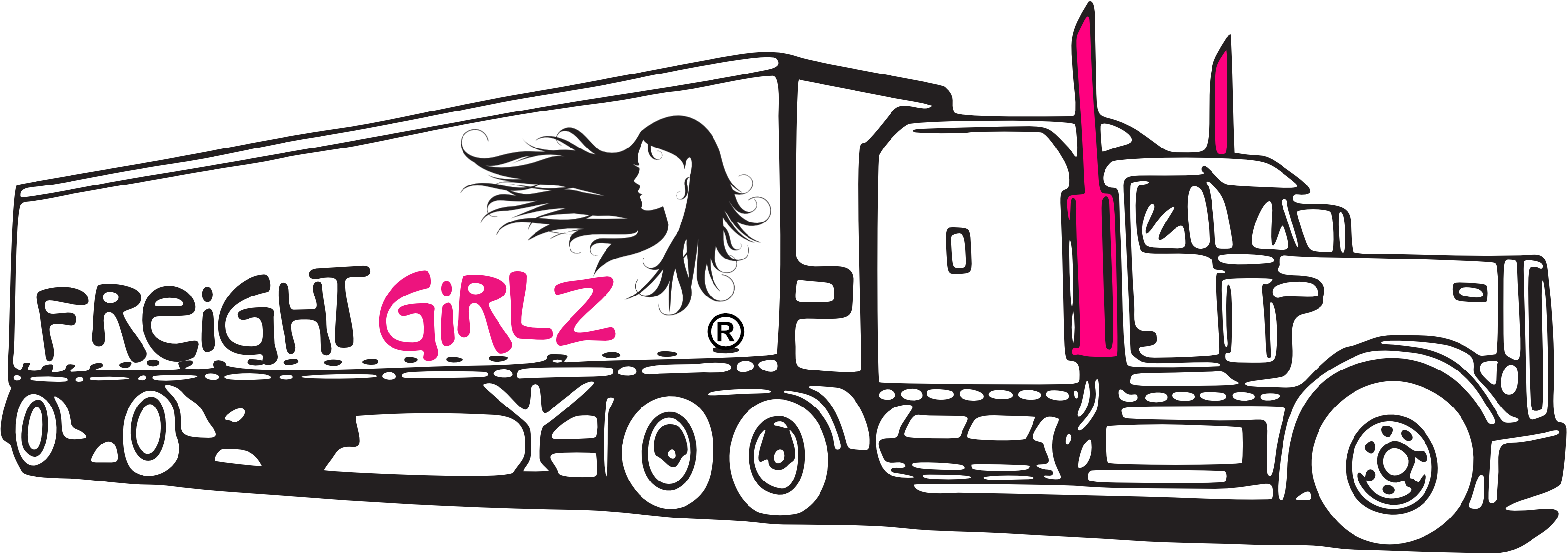Understanding Different Freight Modes: Air, Land, and Sea
The logistics industry plays a pivotal role in the global economy, ensuring that goods are transported efficiently and timely from one point to another. When it comes to freight transportation, there are three main modes commonly used: air, land, and sea. Each mode comes with its own advantages and limitations, and understanding these differences is crucial for businesses to make informed decisions. In this article, we will delve into the intricacies of these freight modes, with a particular focus on truck dispatch.
Air freight is renowned for its speed and reliability. It is the preferred mode for time-sensitive shipments, perishable goods, and valuable items. With advancements in technology, air freight has become more affordable and accessible, enabling businesses to reach global markets quickly. Additionally, airlines have implemented advanced tracking systems that provide real-time information about the whereabouts of the cargo, giving both shippers and consignees peace of mind. However, the high cost of air freight can be a deterrent, especially for bulk cargo that is not time-sensitive.
On the other hand, land freight offers greater flexibility and cost efficiency. Trucks are the primary vehicles used for land transportation, and the industry relies heavily on truck dispatch systems to optimize routes and streamline operations. Truck dispatch involves assigning drivers, managing routes, and ensuring timely pickups and deliveries. This process maximizes the capacity of trucks, minimizes idle time, and reduces fuel consumption. Truck dispatch software has revolutionized the industry by automating these tasks, enabling dispatchers to monitor and control the entire fleet in real-time.
While land freight is more economical, it is restricted by the infrastructure and geographical limitations. The availability of well-developed road networks determines the transport options, making it the preferred mode for local or regional shipments. However, for long-distance transportation, rail freight offers an alternative that combines cost efficiency and higher capacity.
Sea freight is the oldest and most widely used mode of transportation for international trade. It is known for its affordability and capacity for large volumes of cargo. Shipping containers have revolutionized sea freight, making it more efficient and secure. However, sea freight is characterized by longer transit times and a greater dependency on port operations. Coordinating truck dispatch during the port process, including container drayage, can be a complex task, especially when dealing with multiple stakeholders.
In conclusion, understanding the nuances of air, land, and sea freight modes is vital for businesses involved in logistics and supply chain management. Each mode has its own strengths and limitations, and the keyword “truck dispatch” is paramount when considering land transportation. The optimization of truck dispatch processes through advanced software has significantly improved efficiency, cost-effectiveness, and sustainability in the trucking industry. Nonetheless, businesses must carefully evaluate their shipping needs and consider various factors such as cost, time constraints, and geographical restrictions to determine the most suitable freight mode for their operations.
Publisher Details:
Freight Girlz | truck dispatcher | 6262 North Swan Road, Suite 200 Tucson, AZ 85718
https://www.freightgirlz.com/
Freight Girlz – Trucking Dispatch Services – We’re a trucking company not just a dispatch firm. We’re right there with you!
The way truck dispatching should be done! We are 100% USA no overseas. All dispatchers are English speaking only.
